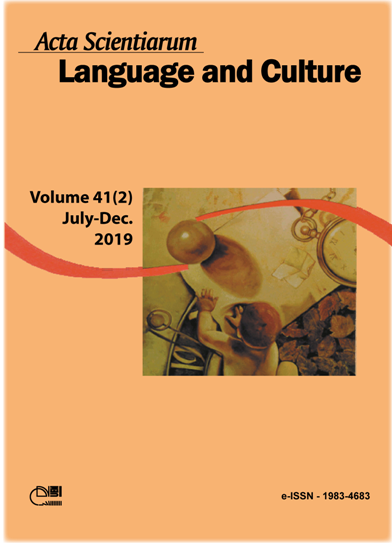South African censorship: the production & liberation of Waiting for the barbarians, by J. M Coetzee
Abstract
During Apartheid, South African censorship became the main legal instrument for the control and cultural tutelage of society. Censors decided which literary works could be read. Thousands of books were withdrawn from circulation, but the censorship did not achieve total success in curtailing the circulation of ideas. One novel, in particular, was released despite being not only very political, but also representing events that were – as J. M Coetzee puts it – in the minds and hearts of people of conscience during Apartheid: torture and fake reports issued by the South African police. Through documental and critical analysis, this article aims to answer one question: why Waiting for the barbarians, novel by J. M Coetzee published in 1980, was never banned? We will bring information and reflections on how the use of literary strategies, a political strategy and the exercise of censorship by a peculiar censor were crucial for the system’s circumvention.
Downloads
DECLARATION OF ORIGINALITY AND COPYRIGHTS
I Declare that current article is original and has not been submitted for publication, in part or in whole, to any other national or international journal.
The copyrights belong exclusively to the authors. Published content is licensed under Creative Commons Attribution 4.0 (CC BY 4.0) guidelines, which allows sharing (copy and distribution of the material in any medium or format) and adaptation (remix, transform, and build upon the material) for any purpose, even commercially, under the terms of attribution.
Read this link for further information on how to use CC BY 4.0 properly.




















6.png)









